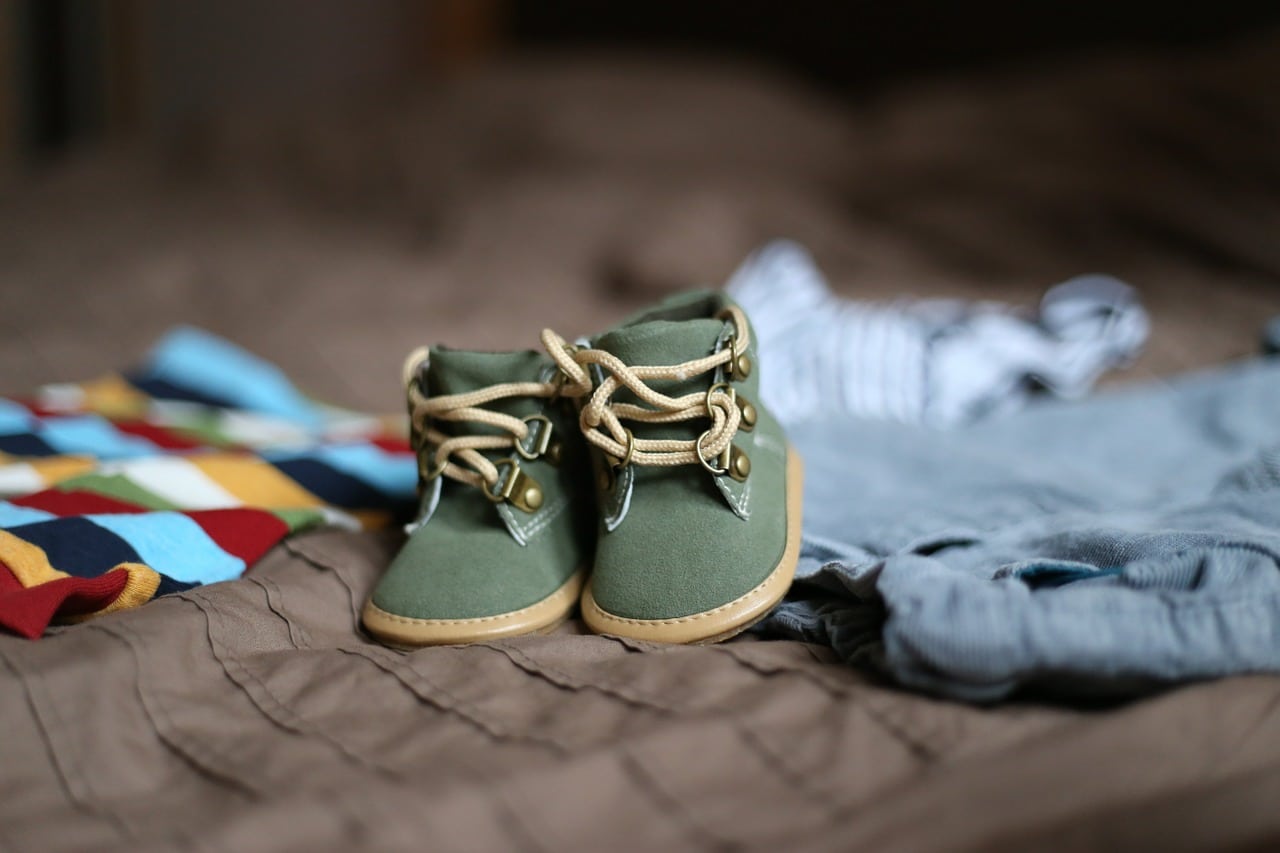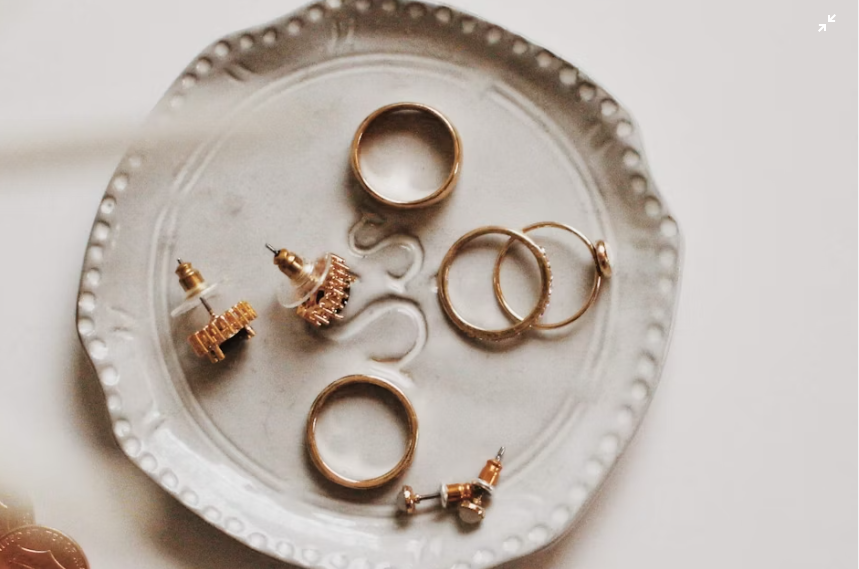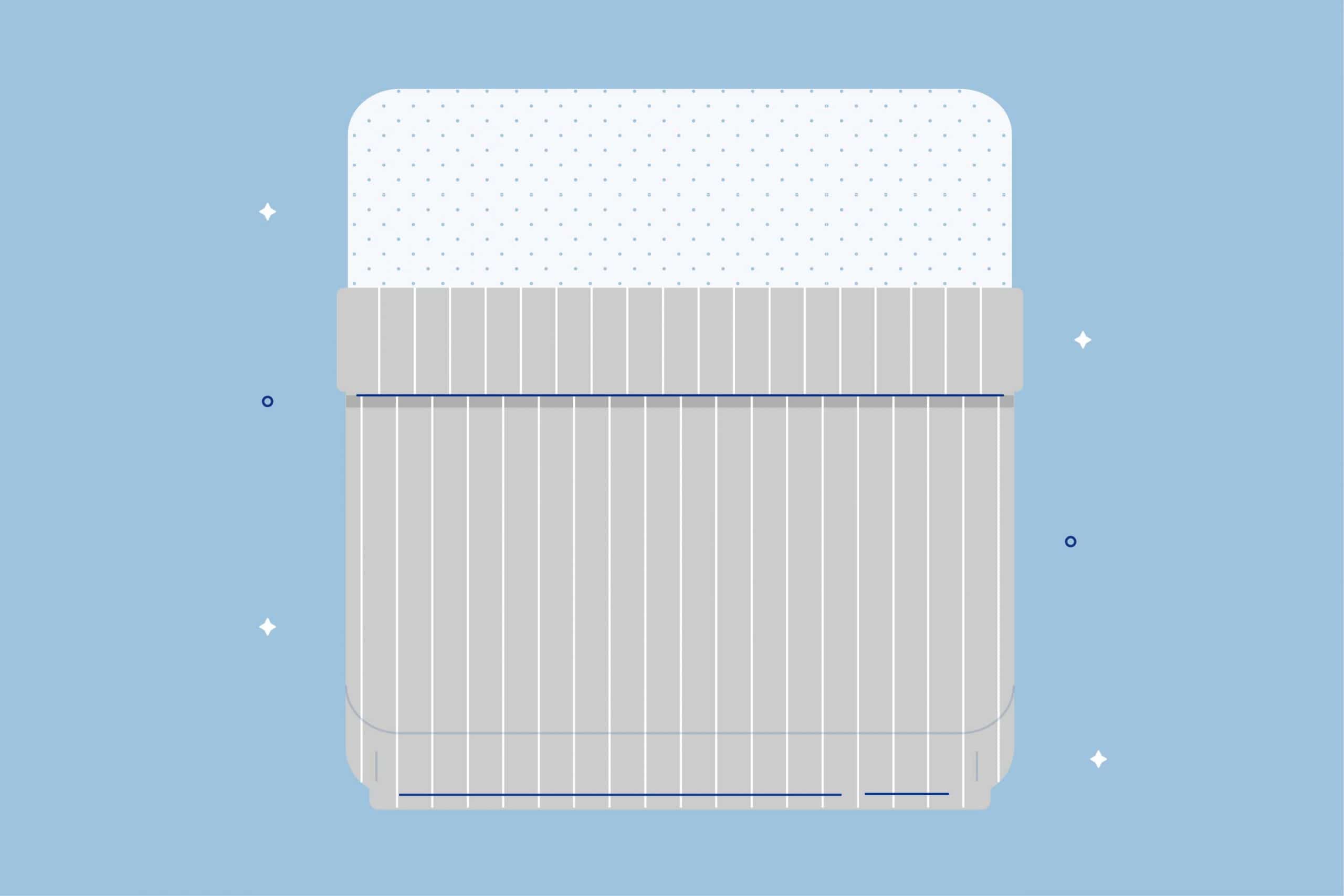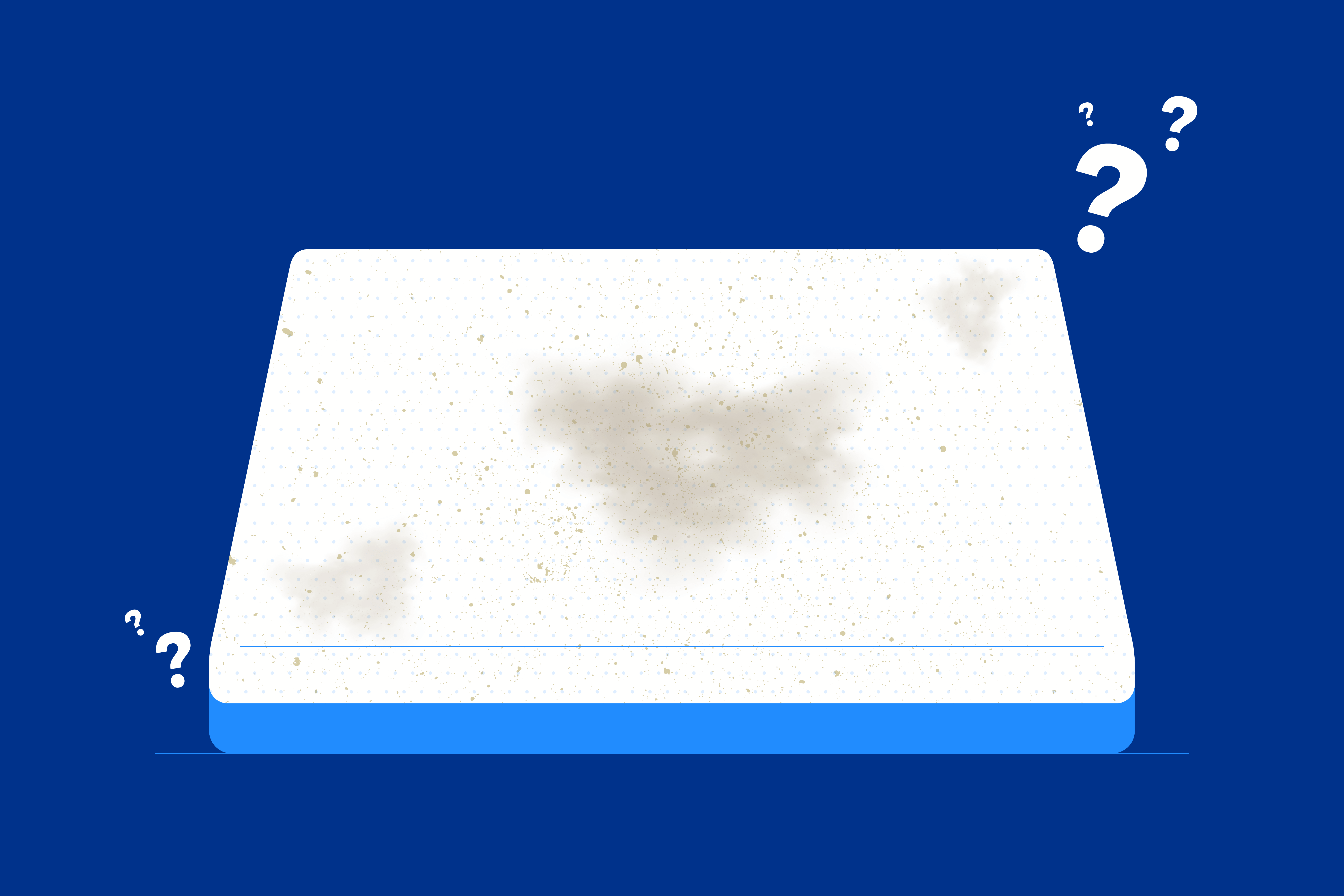Key Takeaways
- Short-term Comfort vs. Long-term Health: While bean bags offer immediate comfort and relaxation due to their soft, conforming nature, they lack the necessary support for proper spinal alignment during sleep. Regular use of bean bags for sleeping can lead to back pain, stiffness, and posture problems over time.
- Age-specific Considerations: Bean bags pose significant risks for certain age groups. Infants and toddlers should never sleep on bean bags due to suffocation hazards, while seniors and individuals with mobility issues may find it challenging to use bean bags for sleeping due to difficulty getting in and out and lack of support.
- Alternatives for a Healthy Sleep Setup: Investing in a supportive mattress and exploring alternatives like adjustable beds, sofa beds, daybeds, or futon mattresses can provide a comfortable and healthy sleep solution. Prioritizing sleep quality, maintaining proper sleep posture, and creating a relaxing sleep environment are crucial for overall well-being.
Bean bags have long been a popular choice for relaxation and casual seating, but many people wonder if they can also serve as a comfortable sleeping surface. The idea of sinking into a soft, conforming bean bag for a night’s rest or a quick nap is undeniably alluring.
However, it’s essential to consider both the short-term comfort and long-term health implications of sleeping in a bean bag. This article will explore the feasibility of bean bag sleeping and discuss better alternatives for a comfortable and healthy sleep setup.
Our Recommendation
Quick Guide: A 30-Second Summary
| Best Alternative to a Bean Bag | Amerisleep AS3 |
Comfort and Feasibility of Sleeping in a Bean Bag
Bean bags offer a unique level of comfort that can be appealing for sleeping. Their soft, malleable nature allows them to conform to the body’s shape, providing a sense of being cradled or hugged. This can create a feeling of immediate relaxation and comfort, making bean bags an enticing option for a quick nap or a night’s sleep.
Moreover, bean bags are often compact and easily movable, making them a space-saving option for small living spaces or guest bedrooms. They can be stored away when not in use and quickly brought out when needed, offering a versatile sleeping solution.
The filling material, particularly foam, plays a crucial role in the comfort and support bean bags provide for sleeping, enhancing their suitability for a restful night.
They may also be a good place to take a nap. In a 2022 trial study, Verified Source National Library of Medicine (NIH) World’s largest medical library, making biomedical data and information more accessible. View source researchers investigated the effects of napping in a bean bag chair on sleep stage, muscle activity, and heart rate variability.
The study found that napping in a bean bag chair led to a significant decrease in electromyogram recordings in the trapezius muscle. In simpler language, this suggests that bean bag chairs may provide a comfortable napping environment that promotes muscle relaxation.
Health Concerns and Drawbacks
Despite the initial comfort, sleeping in a bean bag regularly can lead to several health concerns. The primary issue is the lack of proper support for the spine. Bean bags are designed to be soft and conforming, but they do not provide the necessary structure to keep the spine aligned throughout the night. This can lead to back pain, stiffness, and posture problems over time.
The 2022 study we mentioned above also found that while bean bag chairs may promote relaxation, they may not provide optimal conditions for regulating autonomic nervous function during sleep.
When we sleep, our body’s autonomic nervous system, which controls functions like heart rate, breathing, and digestion, should be well-regulated to ensure restful and restorative sleep.
In simpler terms, sleeping in a bean bag chair might not allow your body to fully relax and recover as it should during sleep, even though you may feel comfortable initially.
Additionally, individuals with mobility issues or those who are trying to sleep while pregnant may find it challenging to get in and out of a low-lying bean bag, making it an impractical choice for long-term sleeping.
Hygiene is another concern when it comes to bean bag sleeping. The fabric and filling of a bean bag can absorb sweat, dead skin cells, and other debris, making it difficult to clean thoroughly. This can lead to the growth of bacteria and allergens, which may cause skin irritation or respiratory issues.
Age Specific Considerations for Bean Bag Sleeping
While bean bags can be a fun and comfortable seating option for many, including kids with designs specifically tailored to their needs, emphasizing the right size and safety features, they may not be suitable for everyone, especially when it comes to sleeping.
Infants, toddlers, seniors, and children are among the age groups that should exercise caution when using bean bags as a sleeping surface, ensuring products are chosen with child safety in mind.
Babies and Toddlers
For infants and toddlers, bean bags pose a significant suffocation risk. Young children can easily sink into the soft, conforming material, making it difficult for them to breathe or escape.
A 1996 case report Verified Source National Library of Medicine (NIH) World’s largest medical library, making biomedical data and information more accessible. View source highlights the potential dangers of using polystyrene-filled beanbags or similar products as sleeping surfaces for infants.
The authors reviewed 35 cases of infant deaths where the babies were found face down on these types of beanbags. Most of the deaths were initially recorded as sudden infant death syndrome (SIDS). Notably, half of the infants who died were under the age of 2 months.
Additionally, the filling materials in bean bags can be a choking hazard if the bag tears or the child manages to open it. The American Academy of Pediatrics strongly advises Verified Source American Academy of Pediatrics (AAP) Professional society for pediatricians that aims to improve children’s health everywhere. View source against letting infants sleep on bean bags or any other soft, plush surface.
Elderly and Mobility Impaired
Seniors and individuals with mobility issues may also find bean bags challenging to use for sleeping. Getting in and out of a low-lying bean bag can be difficult, particularly for those with limited mobility, arthritis, or balance problems.
The lack of proper support and the difficulty in changing positions can lead to discomfort, pressure points, and even an increased risk of falls.
Older Children and Young Adults
For older children and adults, while bean bags may be more suitable for occasional napping or relaxation, they should still be used with caution. It’s essential to choose a bean bag that is appropriately sized and filled to provide adequate support and prevent excessive sinking.
However, as mentioned earlier, bean bags should not be relied upon as a primary sleeping surface due to the lack of proper spinal support and alignment.
Alternatives for a Comfortable and Healthy Sleep Setup
For a comfortable and healthy sleep setup that you can use night after night, investing in a supportive mattress is crucial. A high-quality mattress provides the necessary support for the spine, helping to maintain proper alignment and prevent pain and stiffness.
Adjustable beds are an excellent option for those who want the flexibility and customization that bean bags offer. These beds allow you to adjust the head and foot positions, creating a personalized sleeping surface that can mimic the comfort of a bean bag while still providing proper support.
Adjustable beds also offer benefits such as improved circulation, pressure relief, and reduced snoring.
For those on a budget or with limited space, there are several alternatives to consider. Sofa beds are a practical choice for small apartments or homes, as they can serve as both a seating area and a sleeping surface.
Daybeds are another space-saving option, providing a comfortable place to sit during the day and a cozy bed at night. Futon mattresses, which can be folded and stored away when not in use, are also a budget-friendly and versatile solution for those who want a sleep space low to the ground and easy to put away.
Tips for Enhancing Sleep Comfort
Regardless of your chosen sleep setup, there are several ways to enhance your comfort and promote better sleep.
The Right Mattress
Choosing the right mattress firmness is essential, as it should provide adequate support while still feeling comfortable. Side sleepers typically benefit from a softer mattress, while back and stomach sleepers may prefer a firmer surface.
The Right Bedding
Using pillows and bedding accessories can also improve sleep comfort. A supportive pillow that keeps your head and neck aligned is crucial, while a body pillow can help alleviate pressure points and provide additional support. Quality sheets, blankets, and comforters can create a cozy and inviting sleep environment.
Opt for breathable, natural materials like cotton, bamboo, or linen for your sheets, pillowcases, and duvet covers. These materials help regulate body temperature and wick away moisture, promoting a more comfortable sleep experience.
Setting up a Good Bedroom
Creating a relaxing sleep environment is also key to promoting better rest. Keep your bedroom dark, quiet, and cool, and consider incorporating calming scents like chamomile or lavender for sleep.
Keep It Cool
Keep your bedroom cool, ideally between 60-67°F (15-19°C), to facilitate better sleep. If you live in a humid area, consider using a dehumidifier to keep the air dry and prevent the growth of mold and dust mites.
Keep It Quiet
If you’re sensitive to noise in the bedroom, using earplugs can be a useful tool for blocking out noise and promoting uninterrupted sleep.
Decorate for Sleep
Choose calming colors like soft blues, greens, and neutrals for your bedroom walls and bedding. These colors for sleep have been shown to promote relaxation and tranquility.
Incorporate plush, cozy textures through throw blankets, pillows, and rugs in the bedroom to create a more inviting and comfortable sleep space.
Have a Good Bedtime Routine
Establishing a consistent sleep schedule and practicing relaxation techniques like deep breathing or gentle stretches can also help signal to your body that it’s time to wind down and prepare for sleep.
Frequently Asked Questions
What are the disadvantages of sitting on a bean bag?
While bean bags can be comfortable for short periods, prolonged sitting on a bean bag may lead to poor posture and lack of proper support for the spine. Bean bags can also be difficult to get in and out of on the floor, especially for those with mobility issues.
Additionally, bean bags may not be as durable as traditional furniture and can be challenging to clean thoroughly.
Can a beanbag replace a bed?
Although bean bags can be comfortable for lounging or occasional napping, they should not be considered a long-term replacement for a proper bed. Bean bags do not provide the necessary support for the spine and may lead to back pain, stiffness, and posture problems if used as a regular sleeping surface.
Investing in a supportive mattress is crucial for maintaining sleep quality and overall health.
Why are bean bags so expensive?
Bean bags can be expensive due to several factors, including the quality of materials used, the size of the bean bag, and the brand. High-end bean bags often use premium fabrics and fillings that are more durable and comfortable, which contributes to their higher price point.
Additionally, larger bean bags require more materials, leading to increased costs. This would include the ones advertised as bean bag beds.
Is it safe for a child to sleep in a sleeping bag?
Experts usually do not recommend children, especially infants and toddlers, sleep in bean bags. Bean bags pose a suffocation risk, as a young child can sink into the bag and have difficulty breathing.
The filling materials can also be a choking hazard if the bean bag tears or the child manages to open it. It is always best to have children sleep on firm, age-appropriate surfaces.
Are bean bags good for your body?
While bean bags can provide comfort and relaxation for short periods, they may not be the best choice for long-term use or overall body health. Bean bags do not offer proper support for the spine and may encourage poor posture, leading to back pain and other issues.
However, using a bean bag occasionally for relaxation or as a supplementary seating option is unlikely to cause significant harm.
Are bean bag beds good for your back?
Bean bag beds are not the best choice for back health, as they do not provide the necessary support and alignment for the spine. Sleeping on a bean bag regularly can lead to back pain, stiffness, and posture problems.
It is important to choose a supportive mattress and maintain proper sleep posture to promote a healthy back. Bean bags can be enjoyed for occasional lounging but should not be relied upon as a primary sleeping surface.
Conclusion
While bean bags can offer a comfortable and inviting option for occasional lounging or napping, they are not recommended for regular sleep due to the lack of proper support and potential health concerns. Investing in a supportive mattress and adjustable bed is the best choice for long-term sleep health and comfort.
For those on a budget or with limited space, alternatives like sofa beds, daybeds, and futon mattresses can provide a practical and comfortable sleeping solution. By prioritizing sleep quality and creating a relaxing sleep environment, you can ensure that you’re getting the restful and rejuvenating sleep your body needs for overall well-being.
The allure of sleeping in a bean bag may be strong, it’s essential to consider the long-term implications for your health and comfort. By choosing a supportive mattress and exploring alternative sleeping arrangements, you can find the perfect balance of comfort and support for a good night’s sleep.
About the author
Geoff McKinnen is a writer focusing mainly on the healthcare industry and has written articles on everything from foods to help you lose weight to the connection between Alzheimer’s and sleep. Geoff’s passionate about helping readers improve their well-being to lead happier lives. Outside of work, Geoff enjoys cycling and hiking and believes that by leading a healthy lifestyle, he can help others do the same.
View all posts





